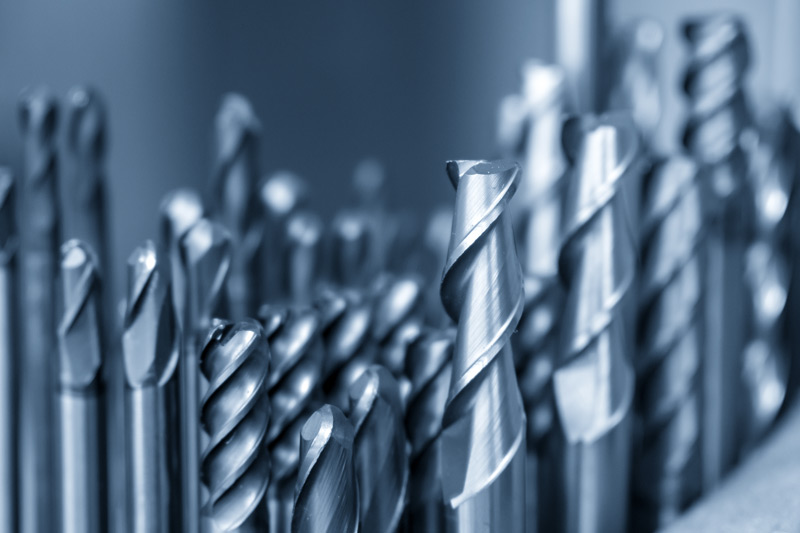Steel is an iron alloy, making it a remarkably strong and resistant material in comparison to many naturally occurring metals, and a popular construction tool for products both big and small. Despite being a man-made material, the history of steel is vast, with the production of the metal known to have been occurring around 4,000 years ago.
However, just how is this durable and adaptable alloy transformed into the everyday objects that we know and love? With some incredibly clever techniques and technology, that’s how.
Flatware
Perhaps the most familiar piece of steel in many people’s homes is flatware – knives, forks and spoons are traditionally and most desirably made of silver (hence ‘silverware’) but these days are most certainly a common product of steel with any number of sought-after manufacturers to choose from.
Sheets of stainless steel are flattened by huge mechanical rollers, with pistons punching cut shapes into the long sheets. Measuring technology is essential for making sure the sheets are not too thick or too thin. Completely flat items are then molded into shape, while flatware with hollow handles requires automated soldering tools for connecting two thinner sheets of steel.
Steel Cans
With canned food so popular around the world due to it preserving the freshness and taste of produce that does not travel easily, there are now over 450 metal can manufacturing businesses in the United States.
Huge melting pots are the primary piece of technology for these items, as liquid iron must be poured into huge vessels to combine it with recycled steel – now you know where recycled food cans go. These are then formed into coils, from which cans are punched out.
Some reputable steel can makers include Crown, Sonoco, and Seneca Foods, though perhaps the better-known names are the companies who put food in said cans – Heinz, Campbell and Del Monte Food.
Baling Wire
The wire used to bind packages or loose materials such as cardboard and plastic together is an integral part of shipping and storage in the 21st century. Only the strongest and most durable wire is good enough, or else products that need to be tightly bound for security would be at risk of breakage. This means high-quality steel billets are required to make wire of the quality of 12 gauge wire at balingwiredirect.com, which is then formed into lengths, descaled, and drawn through a heavy-duty bull-block wire machine, ensuring consistent strength.
Gas Pipes
Huge gas pipes are rarely seen by the general population, but with three million miles throughout the USA they are certainly an enormous use of steel. So high was the building boom of pipes that many lie unused today.
Huge metal sheets are passed through rollers, though unlike for previously mentioned products, these rollers move in different directions to form the pipe’s curve. Another vital piece of this technology is a huge tank of sulfuric acid, which ‘pickles’ the metal for cleaning. Welding electrodes are then used to seal two ends of pipe sections together before the whole product passes through a straightening machine.
This incredibly strong material truly does need impressive technology to get it into shape.





